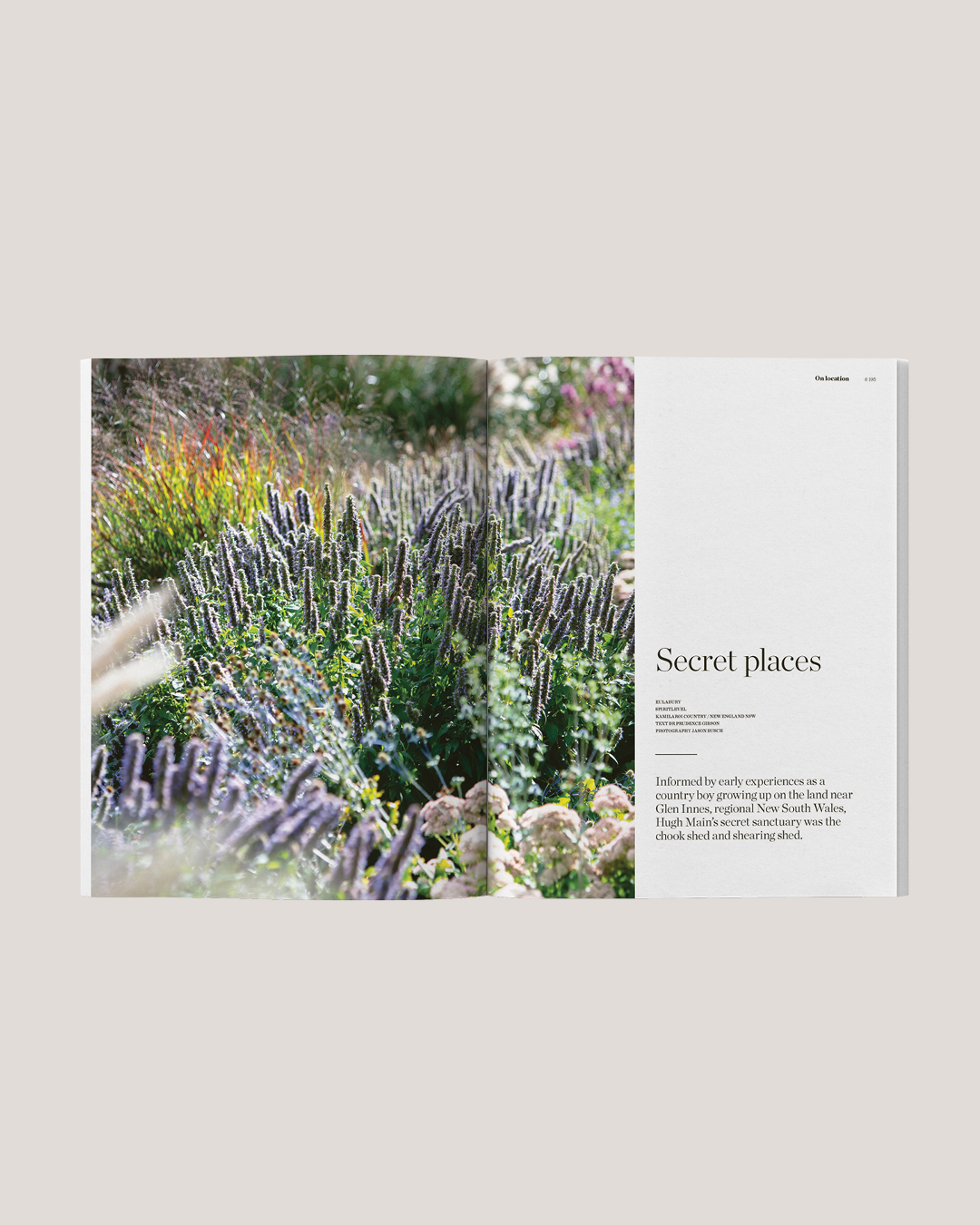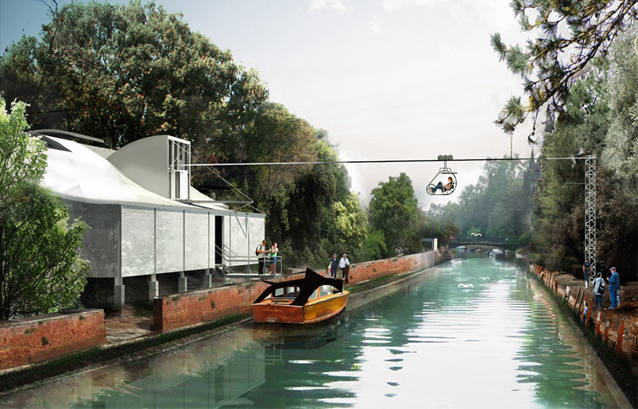As National President of the Australian Institute of Architects (AIA) in 2008-2009, Howard Tanner was a lead player in starting Australia’s committed participation to the Biennale. On his third visit, he speaks of how Australia’s presence has evolved, and of the exhibits that left an impression.
“We have become much more confident” states Tanner, praising the work of the AIA, various curators, and in particular ex-Lord Mayor of Sydney Lucy Turnbull and Janet Holmes a Court in their roles as Commissioners for the Australian delegation. As “women of stature who would place calls and facilitate, they made a big difference” to funding and participation from the private sector and across various levels of government in support of the event.
In relation to the Australian contribution this year, Tanner comments “The Australian show sought to present a different slice of design and design conversation in Australia”. Particularly noteworthy are sculptor/architect Richard Goodwin’s flying-fox over the canal and into the Australian Pavilion, and Paul Pholeros’ exhibit ‘Healthhabitat’ on housing for indigenous people in Australia, displaying how their quality of life can be improved through better design.

Richard Goodwin’s zipline. Photography by John Gollings.

Paul Pholeros at Healthhabitat. Photography by John Gollings.
As far as other countries are concerned, Tanner was impressed by Sverre Fehn’s Nordic pavilion, which he describes as “a most beautiful open plan space, spanned by large connected beams and lit by a translucent ceiling: giant trees grow up through the structure. It is absolutely contemporary and timeless, and now 50 years old!”.

He also admired the display in the Danish Pavilion, where the effects of Greenland’s ice melting were explored (including increased agriculture, mineral exploration and its development as a potential transport hub), and Jan Ghel’s exhibit on the island of S. Giorgio explaining how to humanize cities and “give them back to the people”.
With a new, more permanent structure set to replace the current Australian Pavilion in 2014-2015, we can expect Australia’s involvement in the Architecture Biennale to continue expanding, bringing greater interaction and opportunities for architects and designers.

